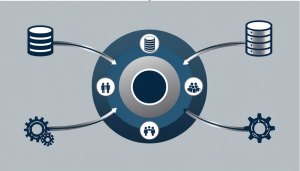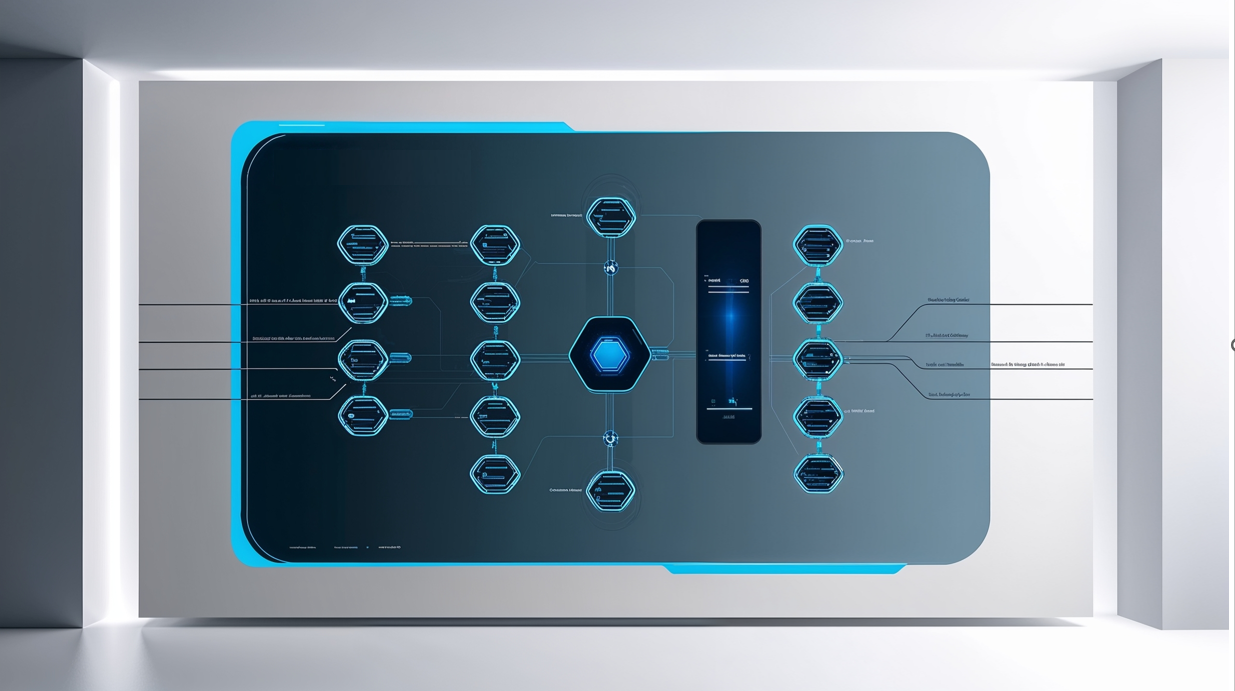
Case Study: Integrating Enterprise Architecture Service Oriented Architecture and IT Service Management
Discover how integrating Enterprise Architecture, SOA, and ITIL enhances service integration, reduces costs, and improves business agility.
Service-Oriented Architecture (SOA) is an architectural style that involves designing and building software applications as a collection of modular and reusable services. These services are self-contained, have well-defined interfaces, and can be accessed and reused by other services or applications in a standardized and interoperable manner.
SOA provides organizations with a flexible and agile architecture that can support changing business requirements and enable better alignment between IT and business goals. By promoting the reuse of services and providing a standardized and interoperable framework for service interaction, SOA can improve the quality, reliability, and security of IT systems, reduce the complexity of IT architectures, and enable better collaboration and information sharing across different departments and business units.
The “Service-Oriented Architecture” category in the CIO Reference Library is a collection of articles and documents that provide insights into the fundamental concepts of SOA, its benefits, and best practices for implementing effective SOA within organizations. This category is designed for IT executives and other business leaders who are seeking to develop or improve their organization’s SOA initiatives.
The articles and documents in this category cover a wide range of topics related to SOA, such as:
Overall, the “Service-Oriented Architecture” category is a valuable resource for IT executives and other business leaders seeking to develop or improve their organization’s SOA initiatives. The resources in this category provide insights into the fundamental concepts of SOA, guidance on designing and building effective SOA services, best practices for SOA governance and management, and real-world examples of successful SOA initiatives. By leveraging these resources, organizations can implement SOA effectively and achieve better outcomes.


Discover how integrating Enterprise Architecture, SOA, and ITIL enhances service integration, reduces costs, and improves business agility.

Discover how IT Governance and a robust Enterprise Architecture serve as crucial prerequisites for the successful implementation of Service Oriented Architecture. This case study dives into the intricate interplay of these aspects and offers valuable insights for strategic IT implementation.
This paper shows that an architectural foundation for unified communications also allows IT managers to consider a flexible, synergistic approach that can draw from the
This paper provides a brief overview of Service Oriented Architecture (SOA) and explains how to use Department of Defense Architecture Framework<br />(DoDAF) to describe a SOA.
This case study discusses the steps taken for service enablement in a business area through market research, developing architecture design patterns, and strategy and roadmap.
This presentation discusses the steps needed to implement the SOA Governance and Management Method (SGMM).
This presentation describes the process used to create interoperability policies and standards through service oriented architecture (SOA). EU interoperability framework was extended – "service design principles were used to generate a set of policies, while the design patterns yielded the specifications for the standards, thus creating a SOA-based set of recommendations, allowing interoperability to become a strategic benefit of applying service-orientation."
Dive into a detailed analysis of SOEAF – a cutting-edge framework blending Service-Oriented Architecture with Enterprise Architecture to streamline and align IT systems with business objectives. Discover how Model Driven Architecture can revolutionize enterprise IT design.
This overview provides insights into the use of SOA and business rules for advanced grid scheduling, showcasing their impact on energy transmission efficiency.
This article explores the transformative approach of aligning IT with business goals, proposing a service-oriented, model-driven strategy for enterprise advancement.